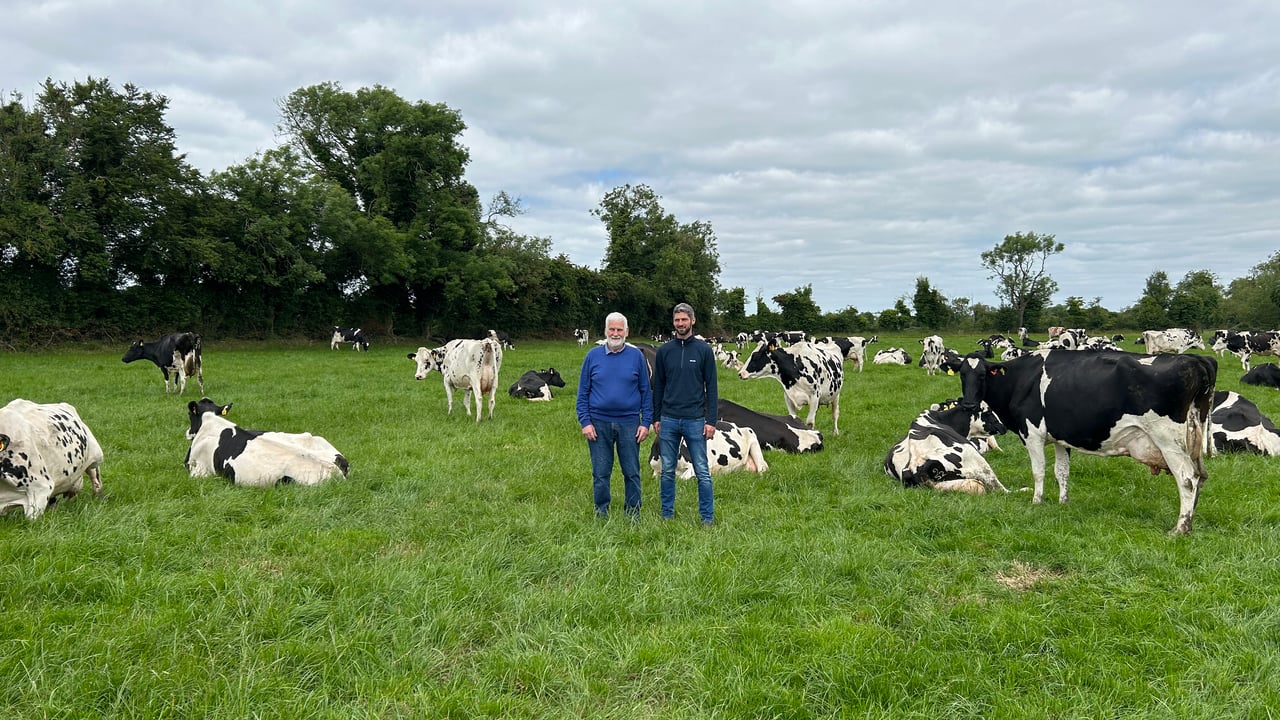Dairy focus: The Dondale Herd - choosing pedigree over EBI
This dairy focus we look into the farm of Joe and Kevin Doran, who are milking 160 pedigree registered holstein friesians cows and are proud hosts of the IHFA National open day on Wednesday, July 10.
Agriland caught up with Kevin Doran who is farming in partnership with his father Joe and his mother Bernie for the last eight years.
The farm is very family orientated with Bernie and the two daughters Marie and Roisin who are both teachers, helping out on the farm whenever they get a chance.
Joe was originally from Blessington , Co. Wicklow and moved to Donadea, Co. Kildare in 1964 were he began to progress his herd, with the herd earning a registered pedigree herd in 1991.
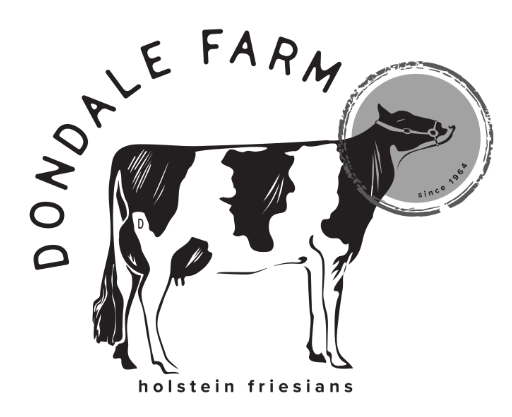
The herd calving pattern is 30% winter, and 70% spring, with the high producing holstein friesian cow suiting the winter liquid milk contract.
In terms of work load, Joe and Kevin try not to put themselves under severe pressure as they have a part-time worker and a relief milker to fill in when needs be.
Milk recording is a main focus point on the farm as one is conducted every six weeks, amounting to around eight a year.
Kevin told Agriland that "it helps keep on top of your milk quality, especially when you are supplying all year round and when you've a high producing pedigree herd, you want to be able to monitor your cell count and the poor performing cows".
The Dondale herd has increased its output per cow by over 140kg milk solids in a six-year period. Top quality milk is produced year-round; 9,652 milk kg resulting in 702kg of milk solids being produced in 2023.
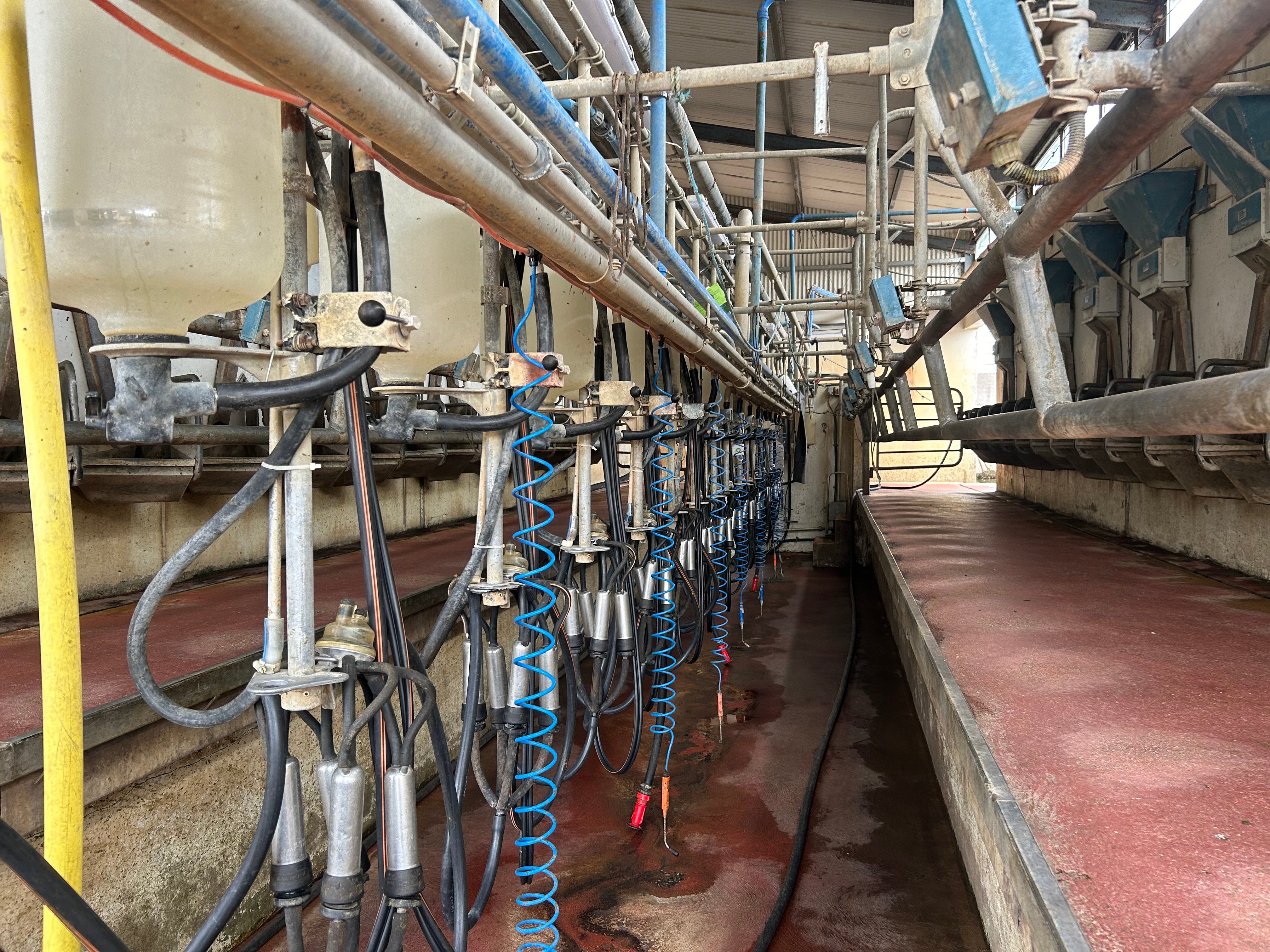
The Dorans use all sexed semen for all of their replacements and used high quality dairy-beef straws on the cows they are not breeding off.
They use 100% artificial insemination (AI) throughout the breeding season and have not used a stock bull for a number of years.
The aim of their breeding programme is to breed for a stronger, durable, more robust cow that will go in calf easier, with no focus on breeding for EBI.
One could argue that it is harder to get a holstein cow back in calf but Kevin argued the case that "the harder a cow is working, the harder they are going to be to put back in calf".
He went on to say that Holstein Friesian breeding has shifted in the last 10 years, as there has been a huge emphasis on fertility with a shift away from the more extreme holstein cow.
His cows are bred for a sturdier cow that will last longer in the herd and will go back in-calf every year, while still having a focus on functional type with plenty milk and solids.
Joe and Kevin have been using sexed semen for the last 10 years and have really reaped its rewards in recent years, achieving conception rates of 60-65%.
Kevin put these successful conception rates down to a number of managerial factors, as follows:
- They are not afraid to feed extra supplement, whether its meal, silage, maize or beet;
- General management of the cow, from feet to body condition;
- Articulate selection of the best to breed off;
- A cow in poor condition or poor performer won't be bred off;
- Ear heat detection aid helps pinpoint correct time of insemination giving real time data.
Kevin does not completely disregard the Economic Breeding Index (EBI), however, it is not a focus point whatsoever when they are breeding for the next generation.
The pedigree herd suits the farm as they have a decent winter liquid milk contract and the high producing cow makes it worthwhile over the winter months.
While their cows are averaging 9,652kg of milk, they are actually nearly doubling the production of average herds in Ireland, which helps them fill their liquid milk contract.
Kevin explained that he thinks the pedigree herd is a more efficient way of farming as you are producing a much higher number of milk solids from one cow rather than what you would get breeding off the EBI.
The pedigree herd is his best option as it bodes well with the winter contact he has, as it enables cash flow throughout the year and suits their labour situation well.
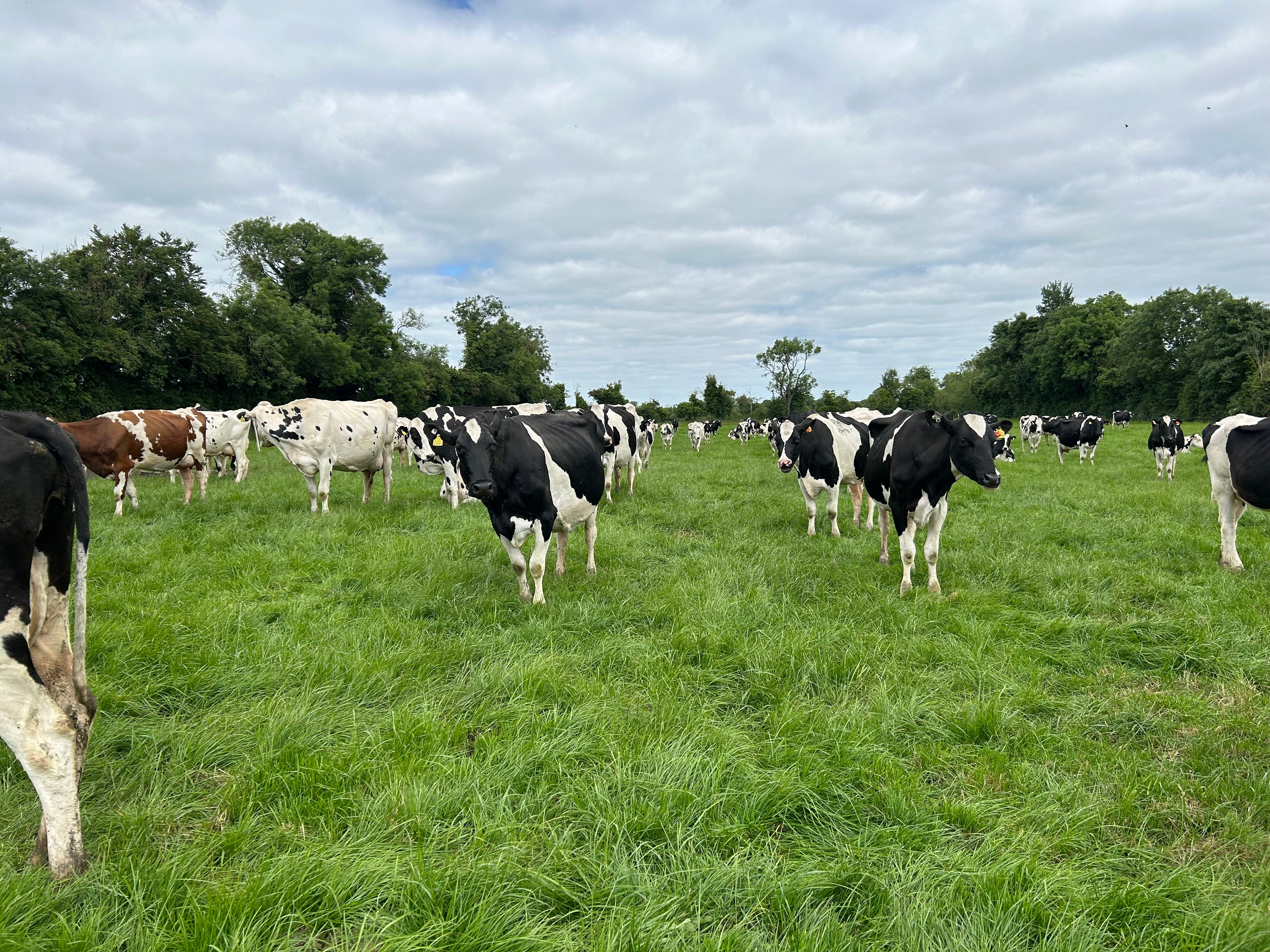
The introduction of the nitrates banding has been a hindrance to the Doran farm operation as their herd sits well into the highest band.
Herds that produce over 6,500kg of milk/cow/year means that their cows will have a nitrogen excretion rate band of 106kg of nitrogen (N).
This has meant that Kevin and Joe had to take extra land of 43ac to add to the 200ac at home this year to maintain the herd which has put a severe extra cost on their system which has frustrated Kevin.
Doran said:
"It feels as though the nitrates banding is rewarding cows that don't produce much milk, and punishing the more efficient, hard-working, and high producing cows."
Kevin has described 2024 as "torturous", as the extra work load has added a lot of extra stress onto the farm with February/March work getting done in April.
They have been growing maize for the last five to six years which has been a success story so far as it increases the cows feed and energy intake.
However, this year, they had to buy more beet and maize to get them through the winter as buying and trying to source feed was difficult.
Even still, Kevin has found it difficult with grazing conditions as grass growth rates have been slow to come, meaning he has had to feed extra meal in the last two weeks.
With production projections for 2024 estimated at a very pleasing 9,884 litres at 726kg of milk solids, there is an opportunity to breed these figures into your herd.
On Wednesday, July 10, at the IHFA national open day, a sale of 38 heifers will take place, which is sponsored by Specialist Nutrition and O'Donovan Engineering.
The heifers on offer are the top picks from the different ages and are all from the top producing pedigree holstein friesian cows in the herd.
Considering the progression of The Dondale Herd in the last number of years and the top quality gentics at play, this is an opportunity to adopt some real quality breeding into your herd.


